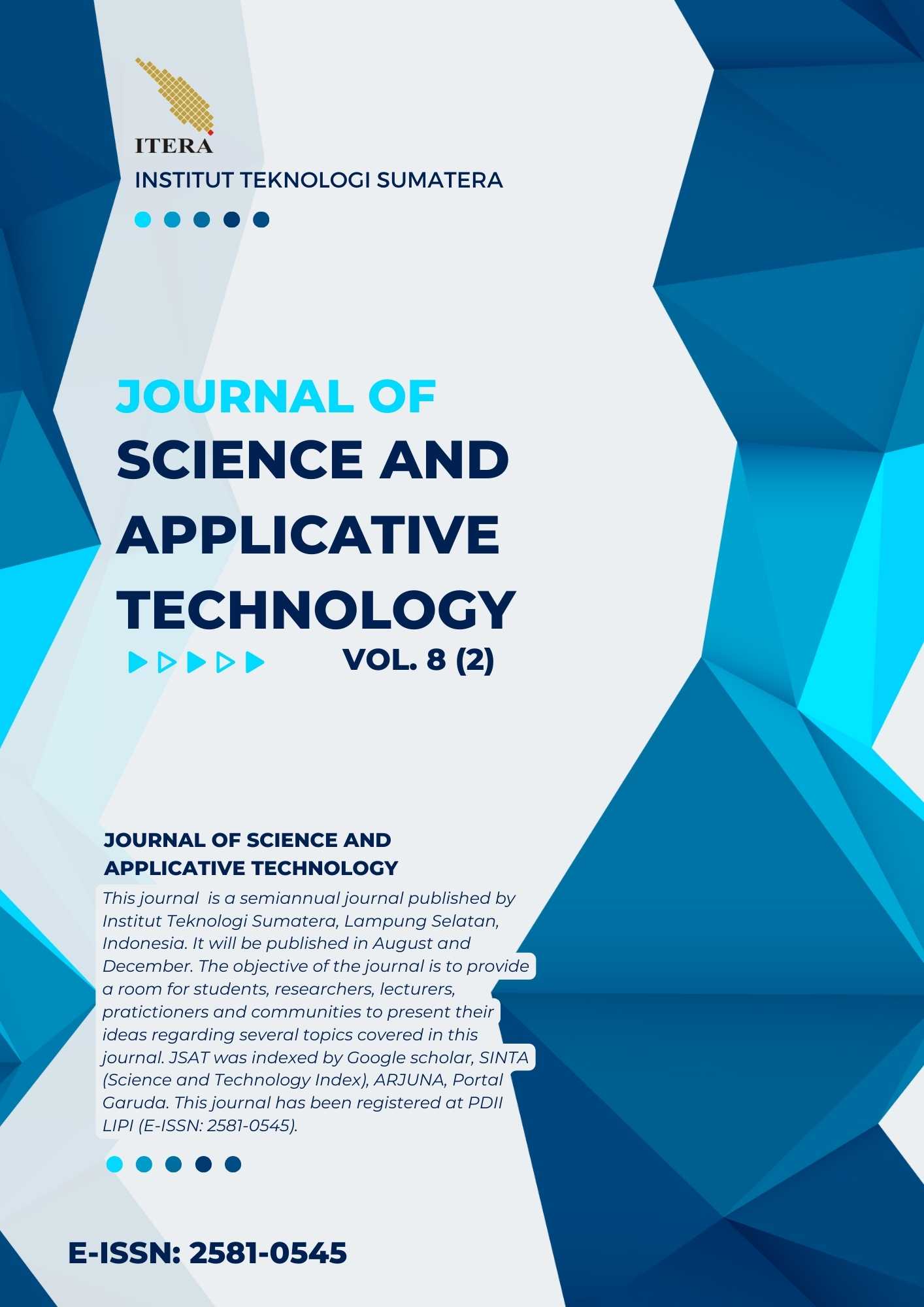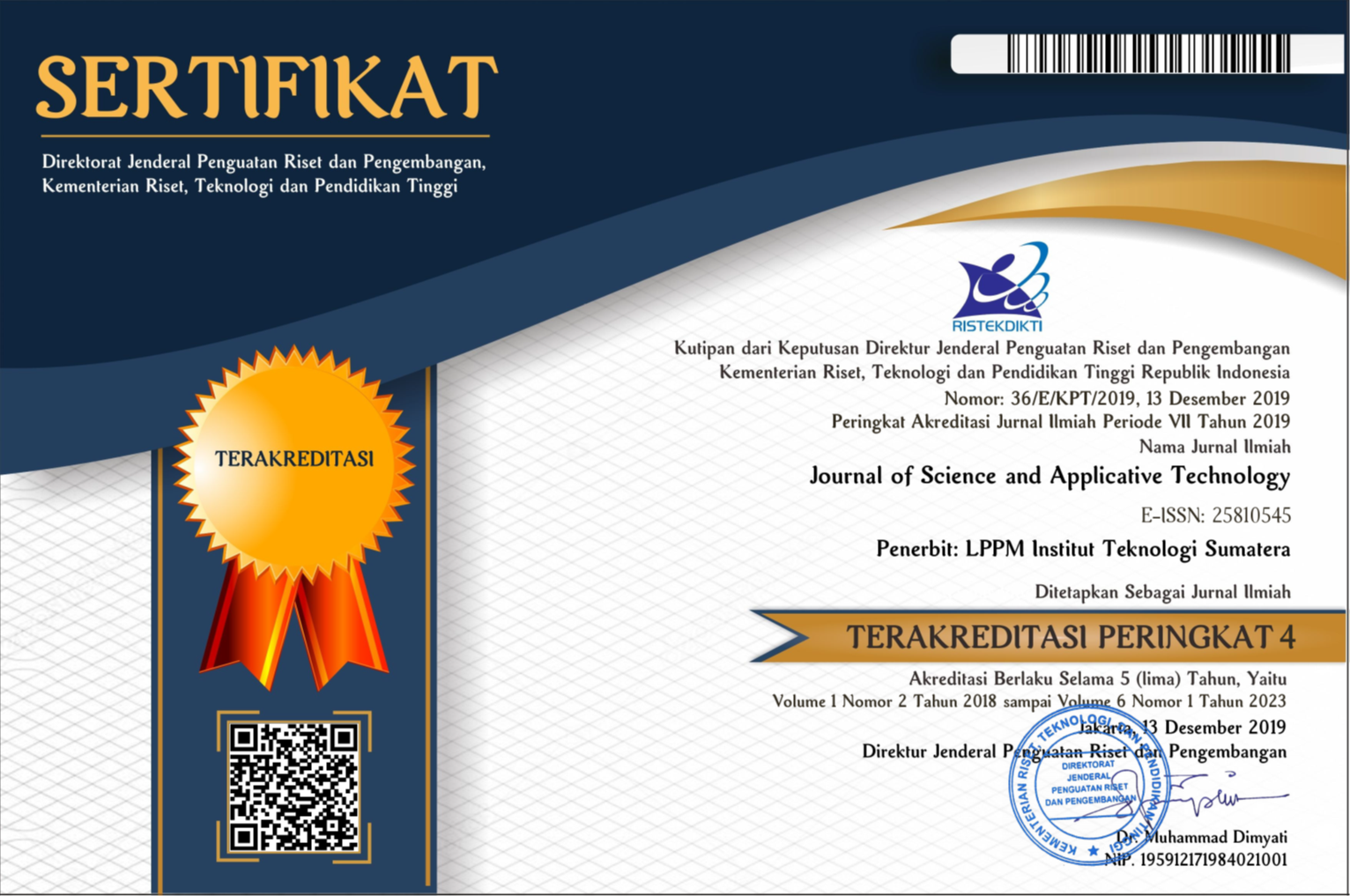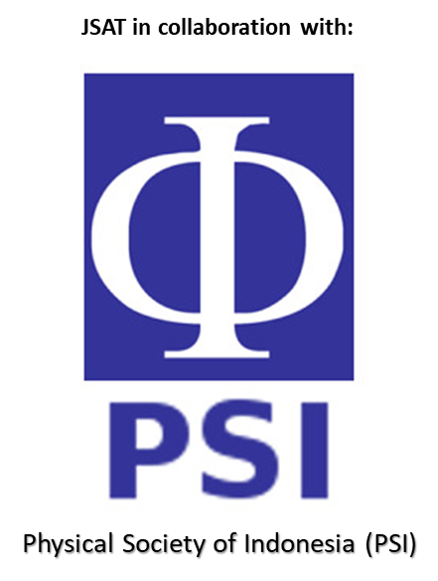The Development of a Procedure Model for Improving Land Data Quality (Case Study at the Land Office of Tulang Bawang Regency)
Abstract
Accurate and up-to-date land data is essential for effective planning, development, and decision/policy making by the Ministry of Agrarian Affairs and Spatial Planning/National Land Agency. However, land data does not yet have full data accuracy and reliability, thus weakening the usefulness of the land data itself. This study aims to develop a procedural model to improve the quality of land data. This study began by conducting a data classification method, namely conducting a comprehensive inventory of data in the database and archives of land book documents along with measurement letters. Based on the inventory results, a data adjustment method was then done by aligning data between the database and the archives of land book documents and measurement letters. Finally, a method of improving the quality of land data (data quality improvement) was carried out by improving land data to be better. As a form of supervisory control/monitoring, data verification was carried out on data that had been improved using purposive sampling. The results of this study indicate that the systematic application of this method can produce land data with good data accuracy and reliability. Improving the quality of land data results in complete and accurate mapping, and higher data accuracy, although in one village statistically it has not shown positive data, but with the improvement in the quality of land data, it has increased the accuracy of high and detailed data, as well as increased transparency and accountability to the community.
Downloads
References
[2] Apostolopoulos, K., & Potsiou, C. (2022). How to Improve Quality of Crowdsourced Cadastral Surveys. Land, 11, 1642. https://doi.org/ 10.3390/land11101642
[3] Cienciała, A., Sobolewska-Mikulska, K., & Sobura, S. (2021). Credibility of the cadastral data on land use and the methodology for their verification and update, Land Use Policy. Land Use Policy, 102. https://doi.org/10.1016/j.landusepol.2020.105204.
[4] Jacob, E. K. (2004). Classification and Categorization: A Difference that Makes a Difference. Library Trends, Vol. 52.
[5] Patil, R., & Gurtoo, A. (2014). Data Categorisation and Classification: A Systematic Review. Centre for Society and Policy
[6] Kusnadi, D., & Yulia, E. R. (2023). Sistem Informasi Program Stock Opname Berbasis Website. IMTechno: Journal of Industrial Management and Technology, Volume 4 No. 1.
[7] O'neil,S & S. William. (2003). Driving Value in the CPG/Retail Industry Through Data Dynchronization: The Basis for Trading Partner Collaboration. Somers, NY: IBM Business Consulting Services.
[8] A,T Kearney & Kurt Salmon Associates. (2004). Connects the Dots: Harnessing Collaborative Technologies to Deliver Better Value to Consumers. www.fmi.org/supply/Connectthedots.pdf.
[9] Gaspersz, Vincent. 2001. ISO 9001:2000 and Continual Quality Improvement. PT Gramedia Pustaka Utama.
[10] Overman, D., & Clarke, D. (2015). Verification of Data Completeness and Accuracy. , 379-391. https://doi.org/10.1007/978-1-4471-6587-3_29.
[11] Obilor, Esezi Isaac. (2023). Convenience and Purposive Sampling Techniques: Are they the Same?. International Journal of Innovative Social & Science Education Research 11.
[12] Sadikin, Hendriatiningsih., Saptari, Asep Yusup., Abdulharis, R., Hernandi, Andri., 2014. UAV system with terrestrial geo-referencing for small area mapping. FIG Congress.
Copyright (c) 2024 Journal of Science and Applicative Technology

This work is licensed under a Creative Commons Attribution-NonCommercial 4.0 International License.
All the content on Journal of Science and Applicative Technology (JSAT) may be used under the terms of the Creative Commons Attribution-NonCommercial 4.0 International License.
You are free to:
- Share - copy and redistribute the material in any medium or format
- Adapt - remix, transform, and build upon the material
Under the following terms:
- Attribution - You must give appropriate credit, provide a link to the license, and indicate if changes were made. You may do so in any reasonable manner, but not in any way that suggests the licensor endorses you or your use.
- NonCommercial - You may not use the material for commercial purposes.
- No additional restrictions - You may not apply legal terms or technological measures that legally restrict others from doing anything the license permits.





















